A lot of products are rip-offs. Recently, though, I’ve come across one that is especially galling; a fake that had obviously been specifically designed — as lawyers would say, “with malice aforethought” — to trick customers. Here’s the story:
A few years back, a “perpetual flashlight” was developed, with a captive magnet, a coil, and some electronics to change the mechanical force from the flashlight being shaken into electrical energy to power it. (White LEDs are much more efficient than incandescent lights, which made this feasible.) These don’t work as well as you might like, but they do work, and can sit on the shelf for many years and be recharged any time by shaking.
It didn’t take long for this to catch on, since shake-to-recharge flashlights were “green,” relatively easy and inexpensive to make, as well as new and innovative. For well under $20, you could pick one up at Wal-Mart and have — in theory, anyway — a flashlight that would always work, no matter what. They made decent stocking stuffers, and were a pretty good deal for the money. (The required electronics meant they cost a little more than basic flashlights.)
As I found out a few months later, it also didn’t take long for someone in China to realize that these “shake flashlights” were selling very quickly — and that a very similar effect could be produced for roughly one-tenth of the cost. (The original flashlight design isn’t that expensive, but the costs for the necessary supercapacitors, diodes, magnet, and sufficient wire to make an efficient coil do add up.) Soon, these “new generation flashlights” (a very clever usage of weasel words, when you think about it) came on the market. You might have seen them at flea markets and dollar stores. They look and feel very similar to actual “shake” flashlights, but are smaller and cost much less.
What the packaging doesn’t tell you, though, is that these are not generating flashlights like the originals. They don’t have a supercapacitor, Wheatstone bridge network of diodes for current rectification, or even a magnet and coil. What they *do* have is a simple circuit board, a few turns of copper wire for looks, and a cheap chunk of metal to rattle back and forth ineffectively.
These flashlights were *specifically designed* to fool the customer into thinking that they are actual shake-to-recharge flashlights. The coil and piece of metal serve no purpose other than to deceive. These flashlights have just the bare minimum of parts required to work as a flashlight at all: a white LED, a very simple metal switch, and two CR2025 batteries. The “new generation” marketing-speak is, in a legal sense, referring to chronology and not the source of electrical power.
I recently bought one at a flea market (knowing what it was; I’d seen these before). Here are some photos of the inside. Time permitting, I plan to investigate what is required to convert it to an actual generating flashlight — maybe this summer. I’ll post the results here if I do.
The flashlight in its packaging. Clear, translucent plastic; copper coil; moving “magnet” — looks like a shake flashlight.
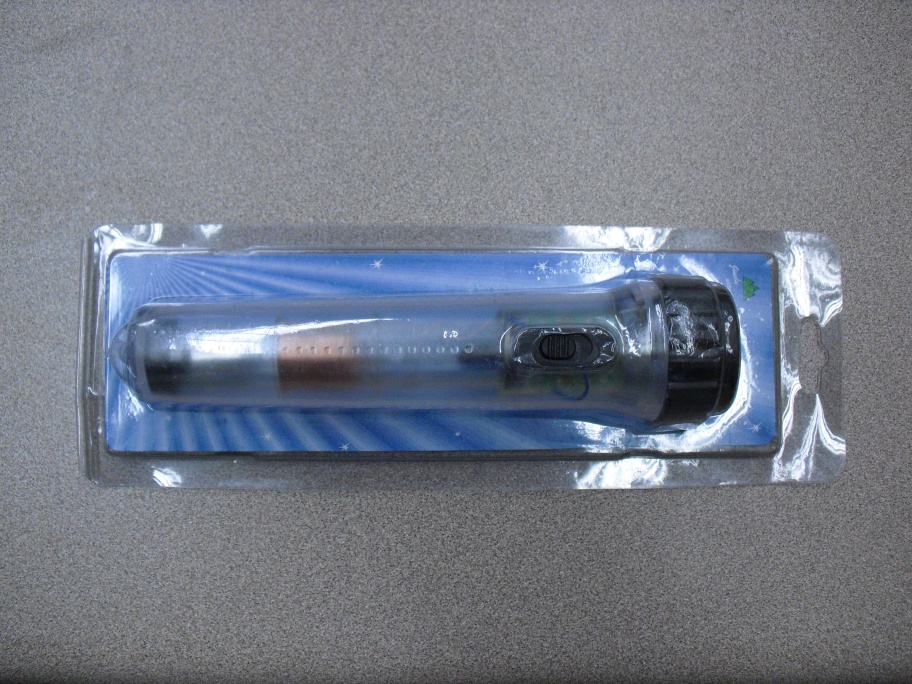
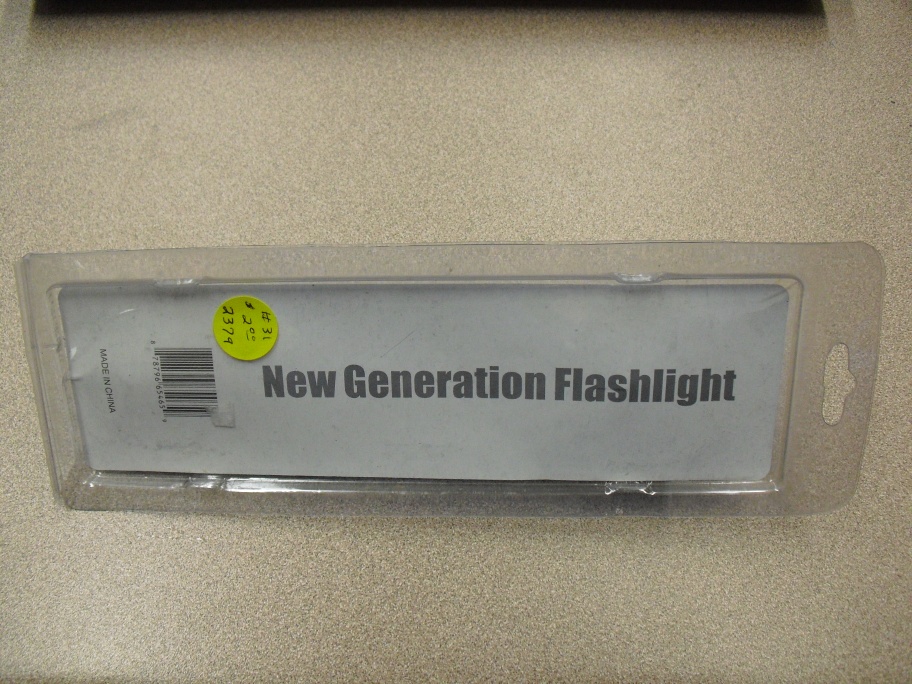
I’m not sure what “Jiudu Xiangdi” means. Probably “Gullible Americans.”
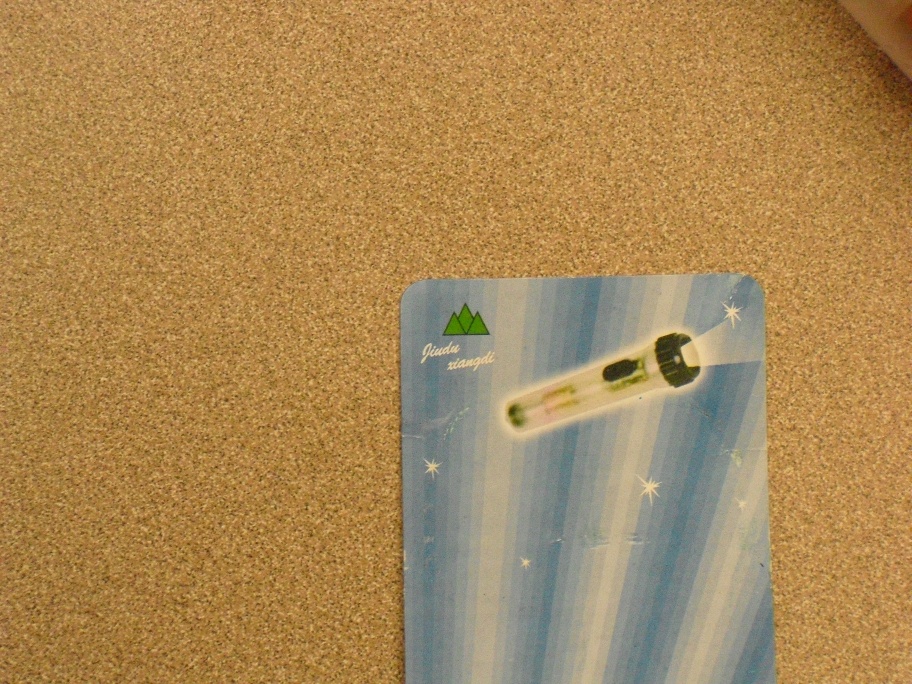
The flashlight, removed from the packaging. An observant Electronics geek would be starting to wonder why it has so few turns of copper wire — and whether those two discs just behind the switch were really supercapacitors…
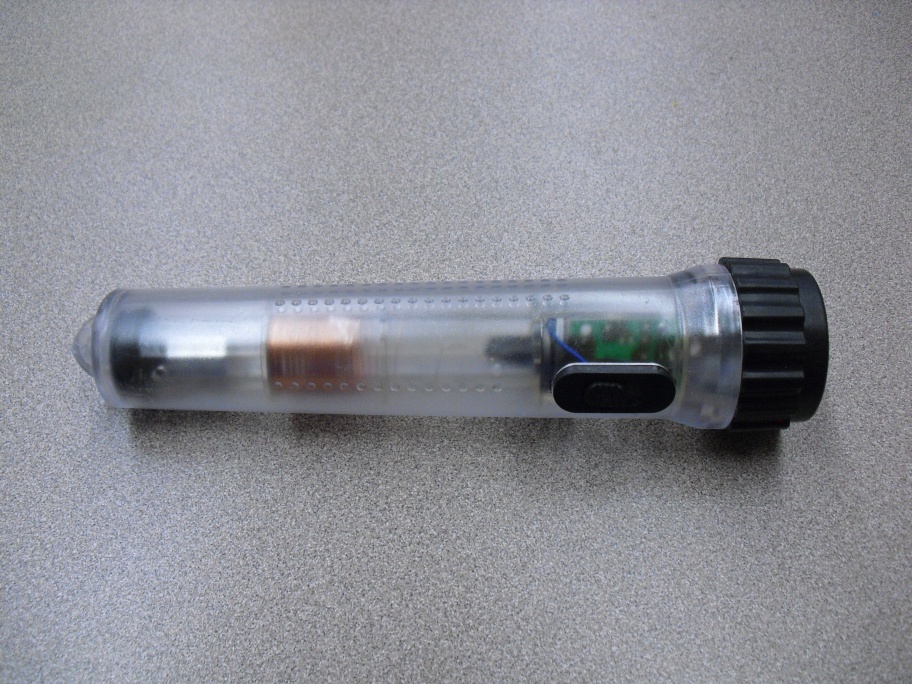
Yes, it actually does at least work as a flashlight. Not well, mind — but it does work. For now.
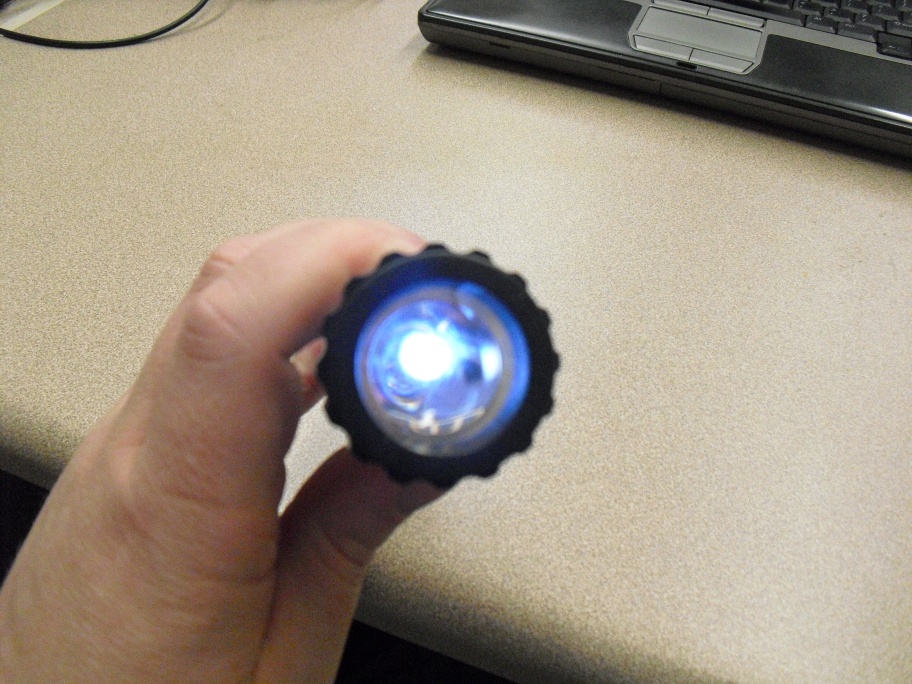
As Clara Peller would say, “Where’s the beef?”
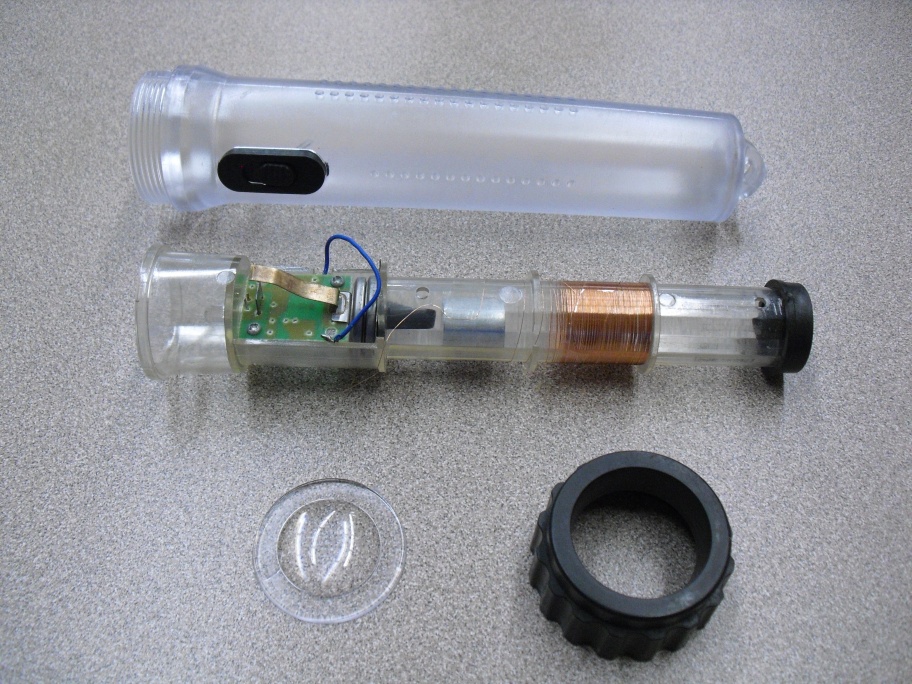
Nothing up top (the wire snapped off as I disassembled the light. Nice construction)…
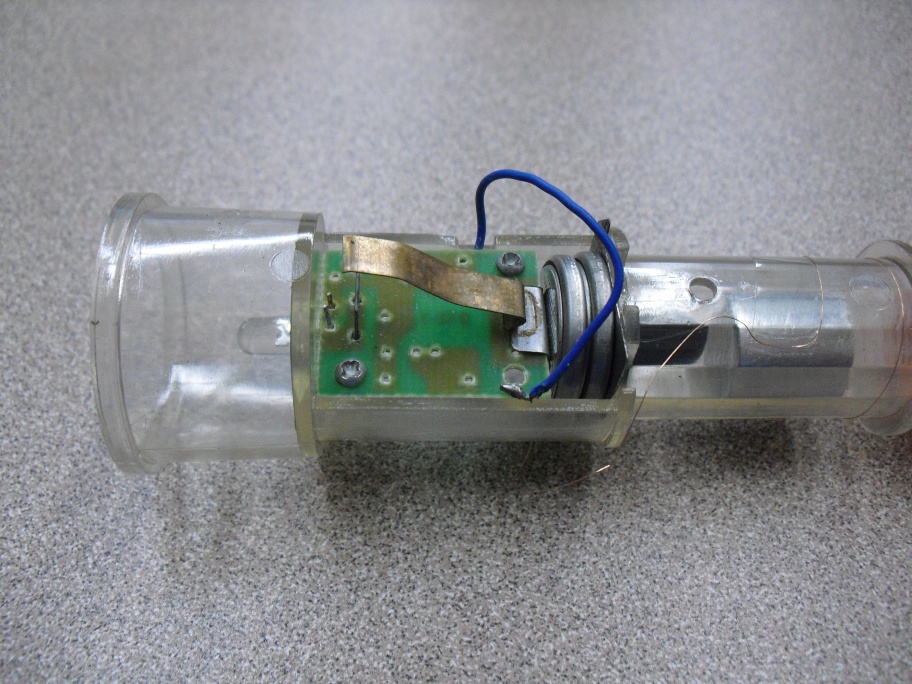
…and nothing hidden underneath.
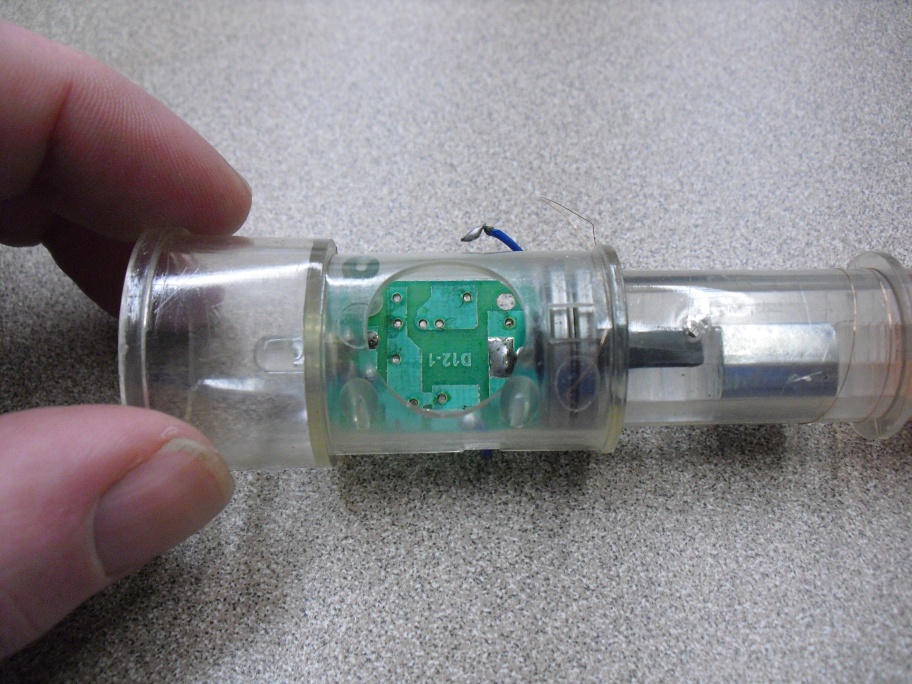
Not only are there not enough turns to make an effective coil…
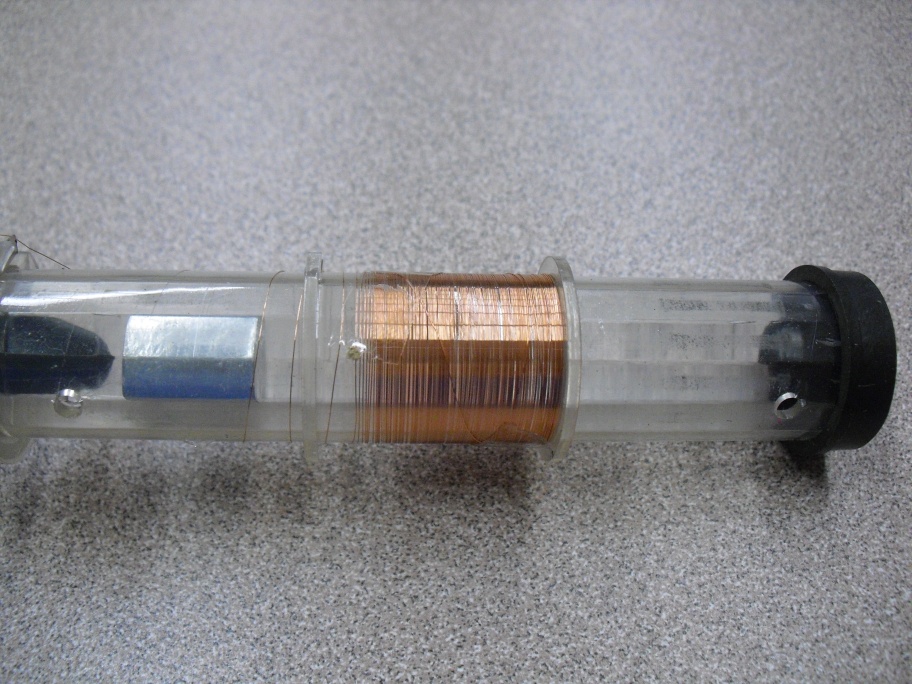
…the coil isn’t even connected to anything! Star Trek has a word for this: it’s a GNDN!
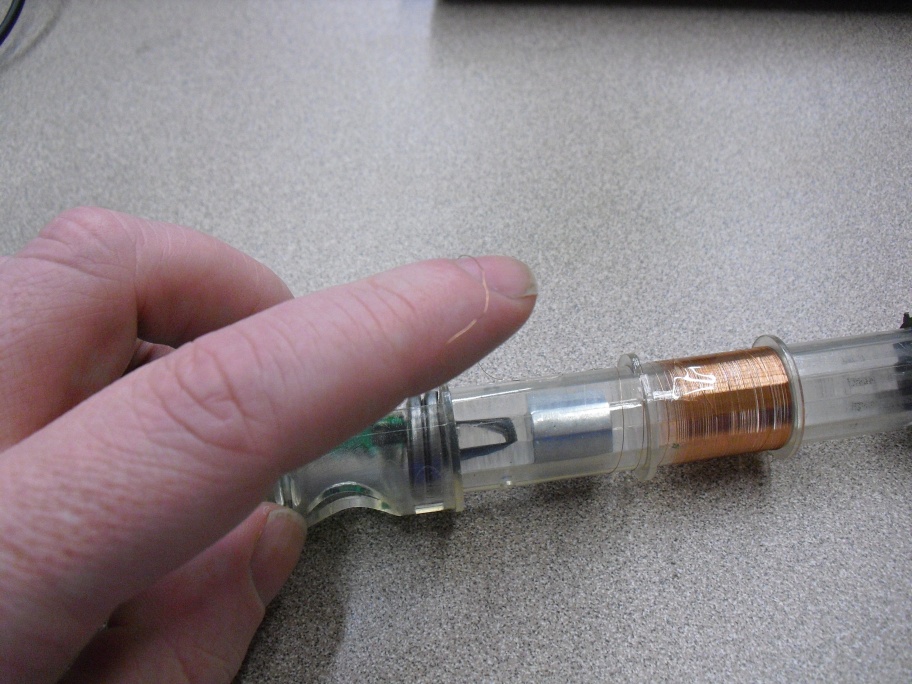
Power is provided by these two discs —
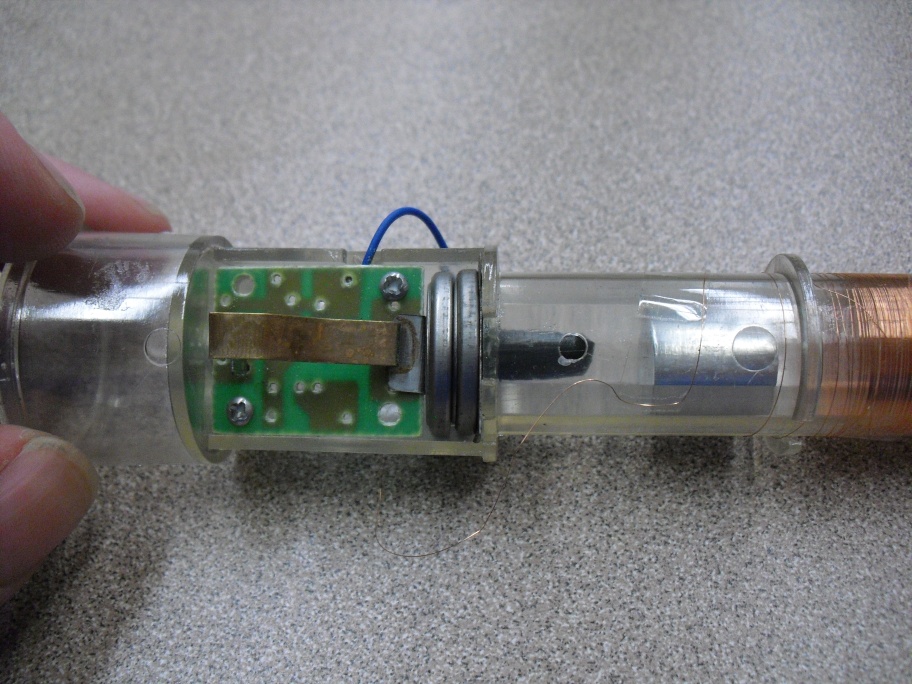
which are cheap CR2025 nonrechargeable batteries!
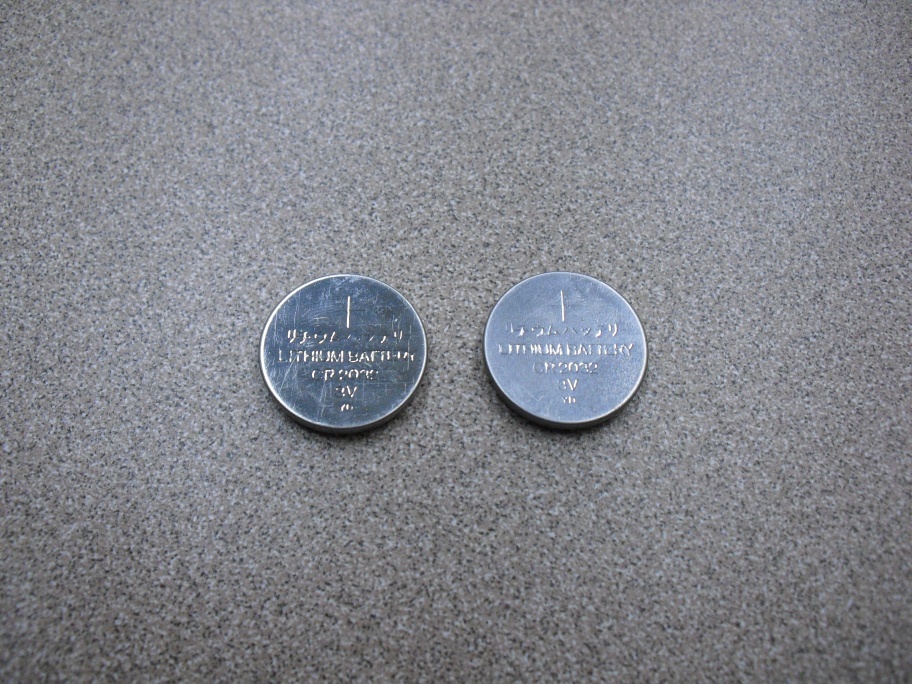
Everything about it says “lowest bidder.”
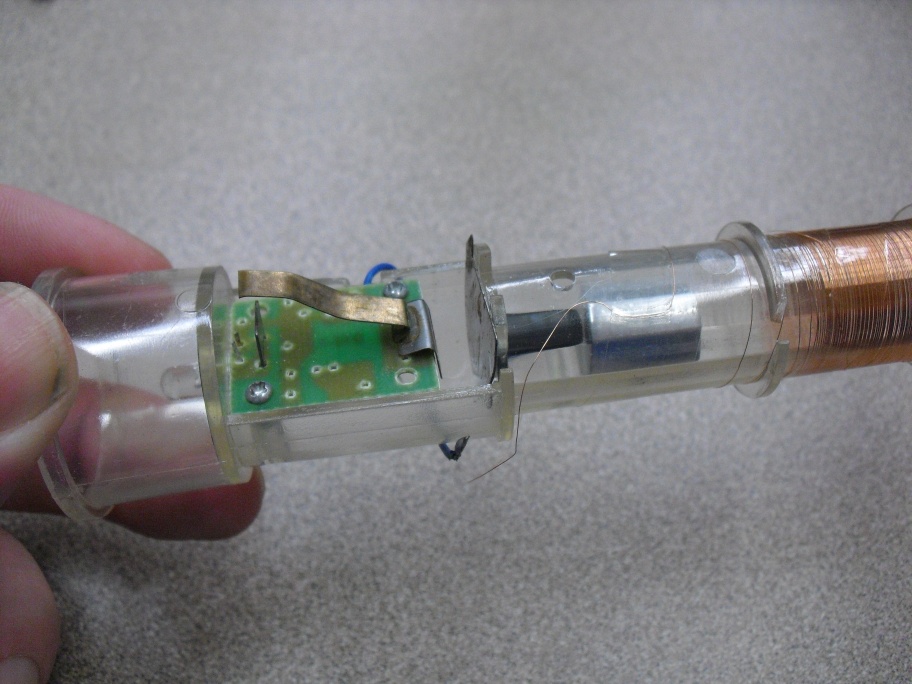
Bottom line: There are thousands of these things out there — maybe millions. Don’t be ripped off.
(One good way to tell if a flashlight is the real deal is to turn it on and observe the brightness for a few seconds, shake it, then look again quickly. If it brightens, it’s probably the real thing.) For what it’s worth, the larger flashlights that I’ve seen in Wal-Mart are genuine. The fakes are usually found at flea markets and antique /variety stores. (The store dealer may very well not know the difference, so he or she isn’t necessarily trying to rip you off.)

